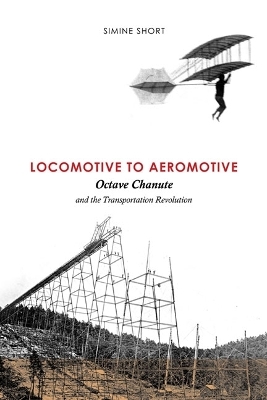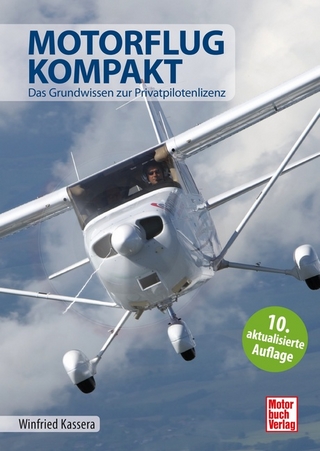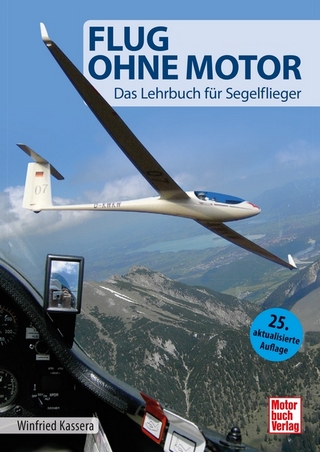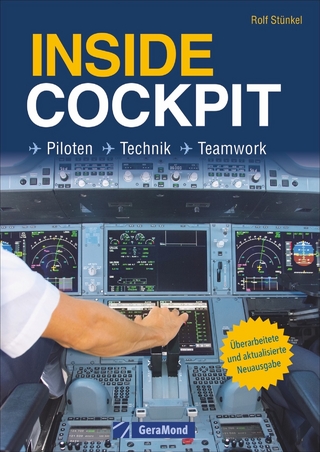
Locomotive to Aeromotive
University of Illinois Press (Verlag)
978-0-252-03631-6 (ISBN)
- Titel z.Zt. nicht lieferbar
- Versandkostenfrei innerhalb Deutschlands
- Auch auf Rechnung
- Verfügbarkeit in der Filiale vor Ort prüfen
- Artikel merken
French-born and self-trained civil engineer Octave Chanute designed America's two largest stockyards, created innovative and influential structures such as the Kansas City Bridge over the previously "unbridgeable" Missouri River, and was a passionate aviation pioneer whose collaborative approach to aeronautical engineering problems encouraged other experimenters, including the Wright brothers. Drawing on rich archival material and exclusive family sources, Locomotive to Aeromotive is the first detailed examination of Chanute's life and his immeasurable contributions to engineering and transportation, from the ground transportation revolution of the mid-nineteenth century to the early days of aviation. Aviation researcher and historian Simine Short brings to light in colorful detail many previously overlooked facets of Chanute's professional and personal life. In the late nineteenth century, few considered engineering as a profession on par with law or medicine, but Chanute devoted much time and energy to the newly established professional societies that were created to set standards and serve the needs of civil engineers. Though best known for his aviation work, he became a key figure in the opening of the American continent by laying railroad tracks and building bridges, experiences that later gave him the engineering knowledge to build the first stable aircraft structure. Chanute also introduced a procedure to treat wooden railroad ties with an antiseptic that increased the wood’s lifespan in the tracks. Establishing the first commercial plants, he convinced railroad men that it was commercially feasible to make money by spending money on treating ties to conserve natural resources. He next introduced the date nail to help track the age and longevity of railroad ties.
A versatile engineer, Chanute was known as a kind and generous colleague during his career. Using correspondence and other materials not previously available to scholars and biographers, Short covers Chanute's formative years in antebellum America as well as his experiences traveling from New Orleans to New York, his apprenticeship on the Hudson River Railroad, and his early engineering successes. His multiple contributions to railway expansion, bridge building, and wood preservation established his reputation as one of the nation's most successful and distinguished civil engineers. Instead of retiring, he utilized his experiences and knowledge as a bridge builder in the development of motorless flight. Through the reflections of other engineers, scientists, and pioneers in various fields who knew him, Short characterizes Chanute as a man who believed in fostering and supporting people who were willing to learn. This well-researched biography cements Chanute's place as a preeminent engineer and mentor in the history of transportation in the United States and the development of the airplane.
Simine Short is an aviation historian who has researched and written extensively on the history of motorless flight. Her first book, Glider Mail: An Aerophilatelic Handbook, received numerous research awards worldwide and is considered a standard reference by aerophilatelists and aviation researchers. She lives with her husband outside Chicago, Illinois.
Introduction by Tom D. Crouch: Octave Chanute and "The Course of Human Progress" Prologue Book 1 The Formative Years; Book 2 The University of Experience, Starting an Engineering Career; Book 3 Opening The West; Book 4 At the Top; Book 5 Self Realization; Book 6 Preserving Timber, Business Owner and Consulting Engineer; Book 7 From the Locomotive to the Aeromotive; Book 8 Encouraging Progress in Flying Machines Acknowledgments; Endnotes and References; Index
| Vorwort | Tom D. Crouch |
|---|---|
| Zusatzinfo | 67 black and white photographs, 5 maps, 2 tables |
| Verlagsort | Baltimore |
| Sprache | englisch |
| Maße | 156 x 235 mm |
| Gewicht | 739 g |
| Themenwelt | Literatur ► Biografien / Erfahrungsberichte |
| Natur / Technik ► Fahrzeuge / Flugzeuge / Schiffe ► Luftfahrt / Raumfahrt | |
| Geschichte ► Teilgebiete der Geschichte ► Technikgeschichte | |
| Technik | |
| ISBN-10 | 0-252-03631-X / 025203631X |
| ISBN-13 | 978-0-252-03631-6 / 9780252036316 |
| Zustand | Neuware |
| Haben Sie eine Frage zum Produkt? |
aus dem Bereich


